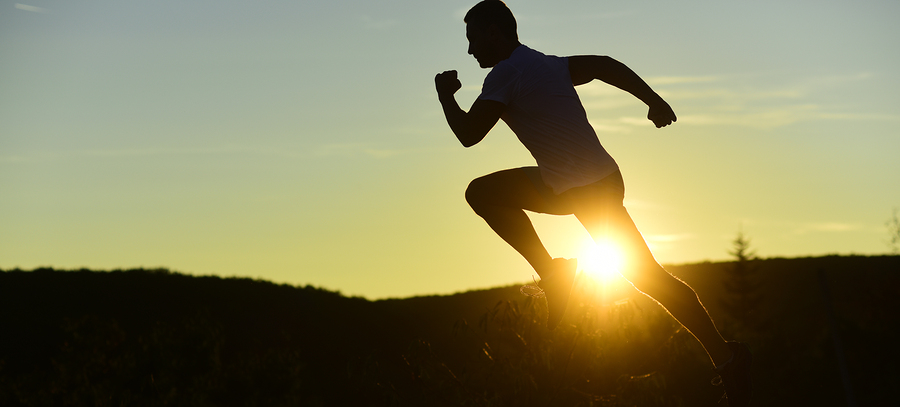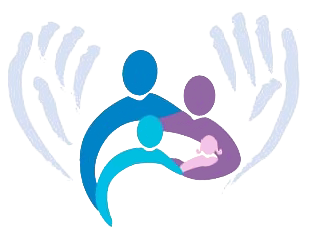Blog
4 Ways to Engage in Active Recovery
In this day and age many of us engage in super active lifestyles on top of working a 40+ hour week. In such cases it might seem like it’s a good idea to take one full day off and do nothing. However, that one day off you take is actually a perfect opportunity to stay active while giving your body a rest from the abuse you’ve been putting it through all week. Below are a few ways to engage in active recovery, which will help you be more productive and experience new levels of wellness. 1.) Do Yoga Yoga is a great way to engage your body while also stretching out your muscles and giving your joints some much-needed TLC. 2.) Go on a Hike If you run, maybe taking a day off can mean going up to the mountains and going on a 5-mile hike. You’ll still feel the burn without pushing yourself to exertion. It will still count as a day off! 3.) Paddleboarding Paddleboarding is actually a fantastic way to engage your core while at the same time enjoying nature. Runners, athletes, and martial artists can all count a day of paddleboarding as a day off. 4.) See Your Local Chiropractor Seeing your local chirorpactic care specialist is a great way to engage in active recovery on your day off. If you have any questions about how you can boost your wellness the drug-free, all natural way, contact Family Chiropractic & Spinal Health Care Center today.
Exploring Headache Causes: Is Your Lifestyle to Blame?
Sitting for a living makes your headache-prone
There are countless physiological reasons you may be experiencing headache and each can be compounded by abstract factors and the lifestyles we lead. Many people work jobs that require long deskbound periods combined with extreme mental exertion, or physically demanding jobs, taxing the body to its breaking point. Stress is accumulating all the time, and if you are not giving your brain and body proper nutrition, sleep, and exercise, the cards will stack against you, commonly resulting in a headache. They are fickle and personalized: each person’s headache is a manifestation of your lifestyle.
The Science of Sciatica: How to Beat the Pain
Sciatica is a common impingement syndrome, with various causes and degrees of pain.
Essentially, the sciatic nerve, which happens to be the largest nerve in the human body, becomes pinched. The symptoms associated with sciatica can range from cramp-like irritation and numbing in the buttocks and legs, to sharp and shooting pain throughout the leg and lower extremities.
Walking is the Ultimate Preventive Medicine
What is the power contained within a simple walk?
The power is profound: walking for just half an hour per day can be a godsend to joints that are silently crying out for movement. It frees your body and your mind, fighting back against both physical pain and mental anxiety. It allows you to re-focus your thoughts and gain perspective that cannot be gained through sitting around doing nothing! Let’s take a look at the power of walking from a chiropractor’s perspective.
Relax Already! Chiropractic Helps You Calm Down
The stress is in your spine
Every day, you put your spine through countless motions and stresses that cause general wear and tear on the vertebrae and surrounding muscles. Physical and mental stress combine to cause slight misalignments of the spine, called subluxation, and put pressure on the associated nerves. This can cause you to feel out of sorts and limit your range of motion.
The Problem of Body Weight Bearing Down On Your Joints
Joint pain is one of the first and most noticeable health problems caused by being overweight
Your joints have it tough. Even at your target weight, they are still under near constant pressure to facilitate movement without giving in or giving out. But when you surpass your target weight, the burden can become unbearable. Take your spinal joints for example: those in the lumbar are responsible for bearing and stabilizing the weight of your upper body while still allowing for a modicum of movement. Piling more and more weight on top of these joints means reduces their capacity to provide this function, while also causing them to degrade.
Spinal Anatomy: The Functional Spinal Unit
Your spine is built for stability but it still has to move
If it was so rigid as to not move, it would simply crack from the shearing forces that we put it through on a daily basis. Therefore, it is ingeniously constructed so as to provide stability but still retain a level of independent movement. This is enabled by the functional spinal unit, also known as the spinal motion segment, or the articular triad.
Unwinding the Stress Cycle
Physical and mental stress go hand-in-hand
A stressful day at work has you feeling mentally anguished and exhausted. But what you may notice in your distraction is that your body is also manifesting this stress. If you take a second to have a deep breath, you might find that your neck, shoulders and back are bound down almost as though by a restrictive jacket. This is natural- as the human body interprets stress, it responds by tightening- a protective measure that is useful if you are in physical danger. But it is singularly not useful if you are trying to manage a stressful work schedule and keep your wellbeing and sanity intact.
Daily Journaling Makes A Difference in Chronic Back Pain
The power of writing things down
Treating chronic back pain effectively starts with understanding the underlying set of conditions that leads to the pain. In many cases, the conditions are obvious: a herniated disc, degenerative disc disease, arthritis, or even a simple back strain. But for many people living with chronic back pain, there is no clear discernible cause; in these cases it is most likely an amalgamation of factors which leave the individual in a state of regular discomfort and pain. Whatever the case, there is one thing we recommend to all of our patients who live with chronic back pain: use a journal.
How Can I Remember to Drink More Water?
Dehydration is rampant in America
We have a love affair with sugary, fatty drinks that give us comparatively little hydration for the amount of side-effects that they come with. Coffee, energy drinks, sodas and juices are often reached for before good old water, which is a shame because of all of them increase our risk of diabetes, weight gain and poor spinal health. It’s time to clean up our act and start reaching for water and electrolyte-fortified water first.



